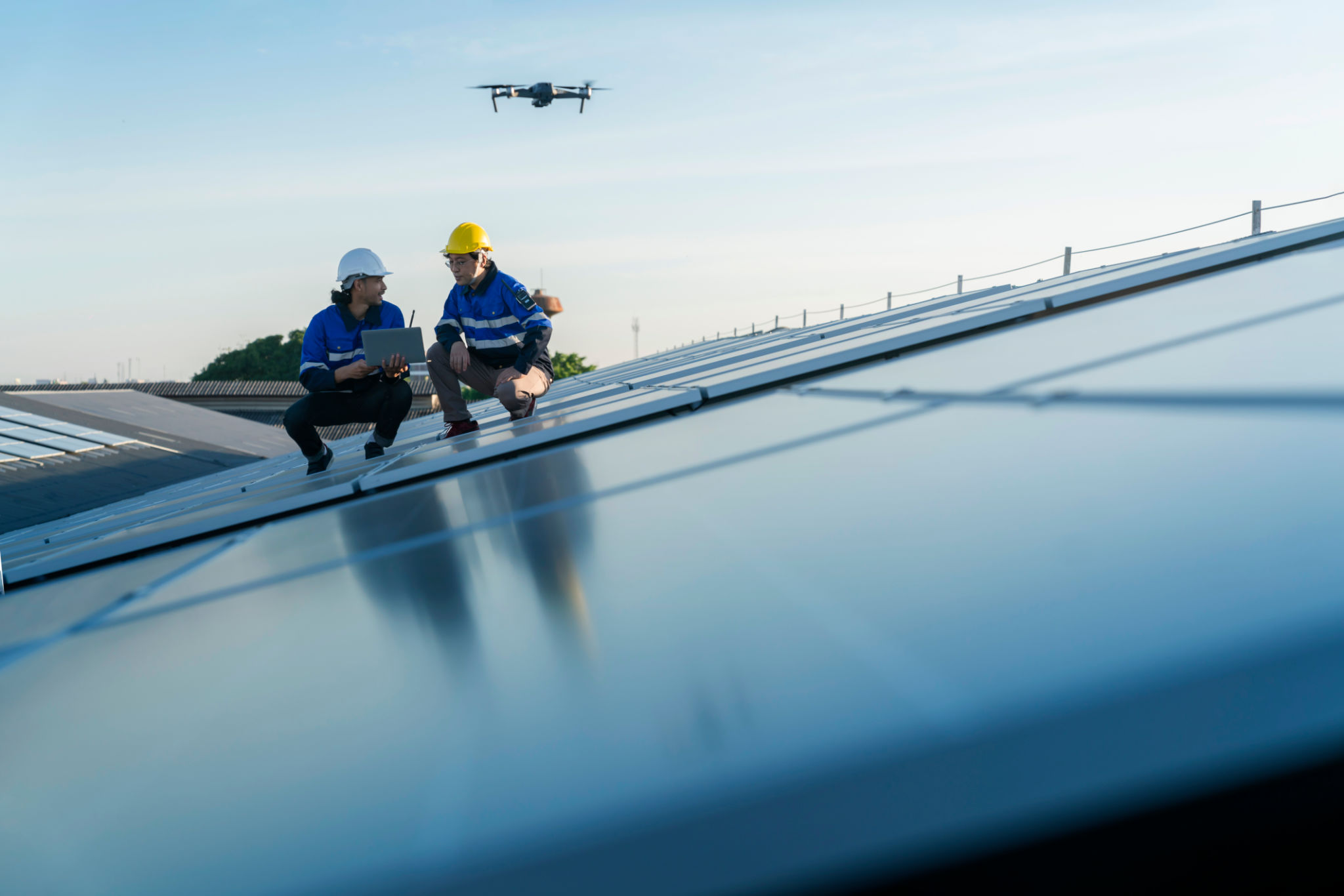The Ultimate Guide to Solar Monitoring Equipment for Remote Locations
Introduction to Solar Monitoring Equipment
As solar energy becomes increasingly popular, the need for efficient solar monitoring equipment in remote locations is more crucial than ever. Whether you're managing a solar farm or simply using solar panels for a remote cabin, having the right monitoring tools can significantly impact performance and maintenance. This guide will walk you through the essentials of solar monitoring equipment, ensuring your renewable energy setup operates at its best.

Why Solar Monitoring is Essential
Monitoring solar systems allows you to track the performance and efficiency of your solar panels. With real-time data, you can identify any issues, optimize energy production, and reduce downtime. In remote locations, where regular physical inspections are challenging, solar monitoring becomes even more critical to ensure consistent performance.
Benefits of Solar Monitoring in Remote Areas
Implementing solar monitoring in remote areas offers several advantages:
- Proactive Maintenance: Detect issues early and schedule maintenance before problems escalate.
- Performance Optimization: Maximize energy output by analyzing data and adjusting settings as needed.
- Cost Savings: Reduce operational costs by minimizing manual inspections and preventing major repairs.
Key Features of Solar Monitoring Equipment
When selecting solar monitoring equipment for remote locations, certain features are essential. Here are some key components to consider:
Data Logging and Analysis
Quality solar monitoring equipment should include robust data logging capabilities. Look for systems that offer comprehensive data analytics, providing insights into energy production, consumption patterns, and system efficiency. Advanced analytics can help you make informed decisions about energy management and system upgrades.

Remote Access and Control
Remote access is vital for managing solar installations in distant areas. Choose equipment that allows for remote monitoring and control through a user-friendly interface or mobile app. This feature ensures you can oversee operations, adjust settings, and troubleshoot issues from anywhere in the world.
Selecting the Right Solar Monitoring System
With numerous options available, selecting the right solar monitoring system can be overwhelming. Here are some factors to consider:
Compatibility and Scalability
Ensure the monitoring equipment is compatible with your existing solar setup. Additionally, consider future expansion plans and choose a system that can scale as your needs grow. Scalability is especially important for larger solar farms or community solar projects.

Durability and Reliability
In remote locations, environmental conditions can be harsh. Opt for monitoring equipment that is durable and weather-resistant to withstand extreme temperatures, dust, and moisture. Reliable equipment ensures continuous operation without frequent breakdowns or maintenance issues.
Conclusion: Optimizing Solar Energy in Remote Locations
Investing in the right solar monitoring equipment is crucial for optimizing energy production in remote locations. By understanding the essential features and selecting a system that meets your specific needs, you can ensure efficient operation and maximize the benefits of your renewable energy setup. As technology advances, solar monitoring will continue to play a pivotal role in the sustainable energy landscape.
